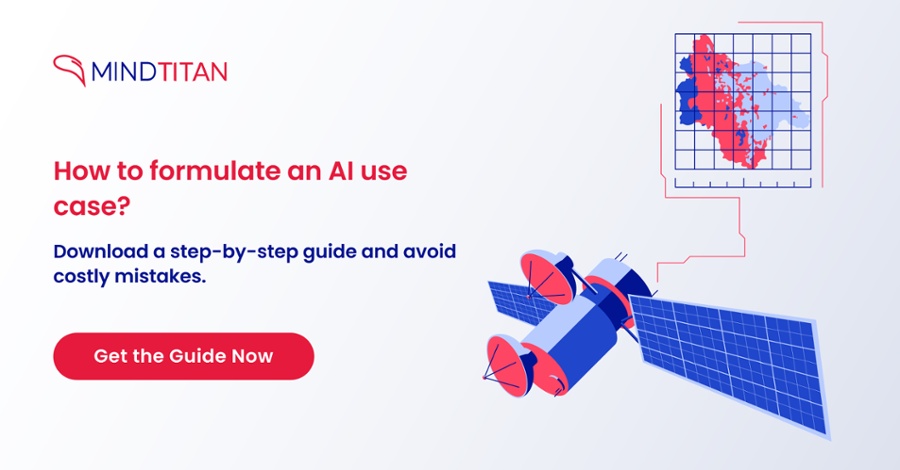AI in telecom network analysis & predictive maintenance
As mentioned at the beginning of this case study, telecoms use AI in two key areas: customer service and network maintenance.
With the continued rollout of 5G around the world, we are leading towards an ever-growing data consumption. Optimizing the networks to withstand this kind of heightened data usage is becoming one of the key strategic decisions in the telecom business. This includes improving network quality and Internet connectivity.
Network maintenance is often considered to be the second generation of AI-powered solutions, focusing on a software-centric approach toward self-healing, self-optimizing, and self-learning networks.
A few years ago, network providers used to send field workers to sites to periodically check up on network equipment such as hardware and even cell sites. This resulted in frequent delays and errors, having a negative impact on customers’ experience. While this method is still relevant and widely used today, many urgent and unplanned check-ups could be avoided thanks to data science.
Big data and network optimization
Today, algorithms can monitor millions of signals and data points within a network to conduct root cause analysis and detect impending problems in real-time as they occur. Based on this data, the company can react by load balancing, restarting the software involved, or sending a human agent to fix the issue and thereby avoid many outages before they’re noticed by customers.
Mazin Gilbert, VP of Advanced Technology at AT&T Labs thinks that predictive network maintenance and network optimization will continue to drive favorable expense trends over the next several years.
“We are implementing AI to help us to identify where these breakpoints are, and help to repair those in an automated way without human intervention. This goes for hardware failure, software failures.”
Mazin Gilbert, VP of Advanced Technology at AT&T Labs
Recently, AT&T announced the testing of a drone to expand LTE network coverage in the form of a Flying COW (Cell on Wings). The company is exploring ways to incorporate AI and machine learning for the analysis of video data captured by drones for tech support and infrastructure maintenance of cell towers.
Verizon offers similar services called “condition-based maintenance” to other carriers. Here’s a great explanatory video on predictive maintenance for heavy industry.
AI-enabled networks are capable of self-analysis and self-optimization, resulting in greater agility and precision.
Here are some examples of AI-powered network analytics in action:
- The AI-powered system can restart cell sites or towers based on their behavior, e.g. if they’re not connecting to the network
- Algorithms can point out parts of the network which need investments and would produce the highest ROI
- Similarly, network operators can use AI to identify parts of networks with a large number of users who would benefit from network improvements, leading to higher profit
- Optimize the behavior of the network based on weather data, daily movements and real-time usage data
- Enhance network utilization and customer satisfaction through dynamic resource allocation




